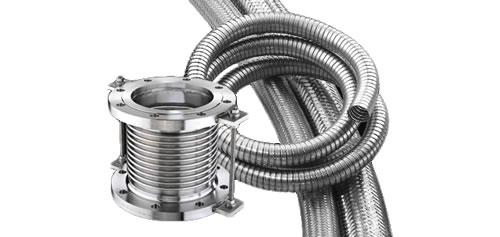Oil and Gasoline Resistance
(Reprinted From RMA Hose Handbook IP-2 Sixth Edition)
Rubber hose is used to convey petroleum products both in the crude and refined stages. The aromatic content of refined gasoline is often adjusted to control the octane rating. The presence of aromatic hydrocarbons in this fuel generally has a greater effect on rubber components than do aliphatic hydrocarbons.
Aromatic materials in contact with rubber tend to soften it and reduce its physical properties. For long lasting service, the buyer of gasoline hose should inform the hose manufacturer of the aromatic content of the fuel to be handled so that the proper tube compound can be recommended for the specific application.
The effects of oil on rubber depend on a number of factors that include the type of rubber compound, the composition of the oil, the temperature and time of exposure. Rubber compounds can be classified as to their degree of oil resistance based on their physical properties after exposure to a standard test fluid.
In this RMA classification, the rubber samples are immersed in IRM 903 oil at 100°C for 70 hours. (See ASTM Method 0-471 for a detailed description of the oil and the testing procedure.) As a guide to the user of hose in contact with oil, the oil resistance classes and a corresponding description are listed.
| Physical Properties After Exposure to Oil | ||
| Volume Change Maximum | Tensile Strength Retained | |
| Class A (High oil resistance) | +25% | 80% |
| Class B (Medium/High oil resistance) | +65% | 50% |
| Class C (Medium oil resistance) | +100% | 40% |















